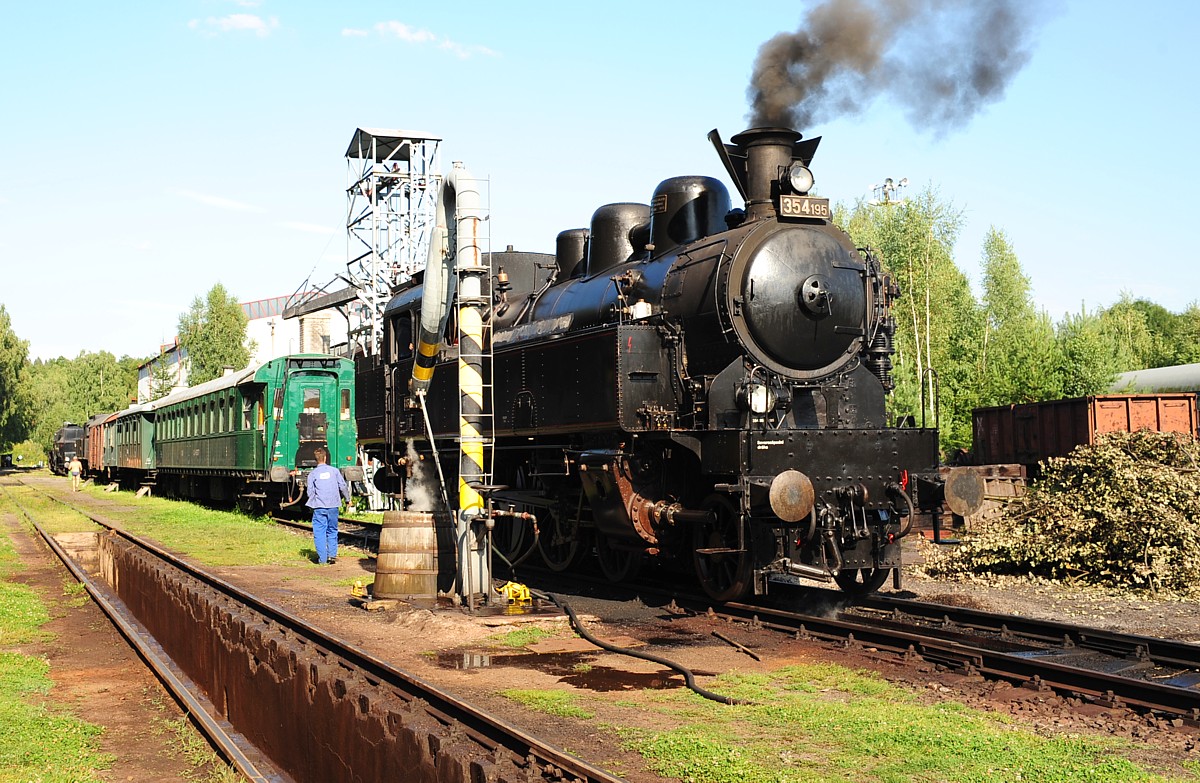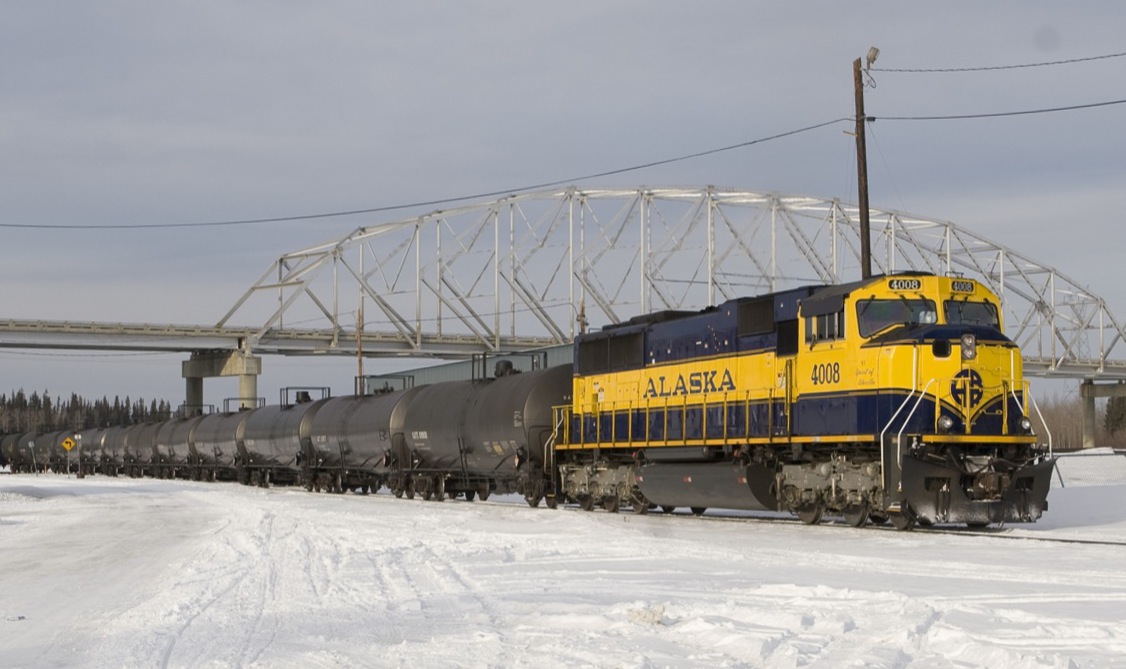|
ÄŒSD Class 477.0
ČSD Class 477.0 is the last type of steam locomotive made by ČKD for Czechoslovak State Railways. In total 60 tank locomotives with axle arrangement 2′D′ 2′ (4-8-4) were produced in 1951-1952 and 1955. It was a tank locomotive development of the ČSD Class 475.0 locomotive. Three are preserved, as of 2018 two of them were still operational (013 and 043).Annual report of Národnà technické muzeum for calendar year 2009, mentions 477.060 was on display in Augsburg Railway Park References {{Commons category, ČSD Class 477.0 Steam locomotives of Czechoslovakia ČKD locomotives 4-8-4T locomotives 2′D2′ locomotives Railway locomotives introduced in 1951 Standard-gauge locomotives of Czechoslovakia ... [...More Info...] [...Related Items...] OR: [Wikipedia] [Google] [Baidu] |
České Dráhy Museum
The ÄŒeské dráhy Museum () is a railway museum in Lužná (RakovnÃk District), Lužná in the Central Bohemian Region of the Czech Republic. it is operated by the ÄŒeské dráhy company. It is located close to the local railway station. History The premises of the museum are a historic heating plant. They were the last in Czechoslovakia with steam traffic, which ended here in the 1970s. The place began to be used for exhibitions. The operation of the depot ended in 1996 and the railway museum was established in 1999. It is the largest railway museum in the Czech Republic with the largest collection of steam locomotives. Exhibits Steam locomotives Diesel locomotives Electric locomotives Railcars References External links * {{DEFAULTSORT:Ceské drahy Museum RakovnÃk District ÄŒeské dráhy Museums established in 1999 Railway museums in the Czech Republic 1999 establishments in the Czech Republic Museums in the Central Bohemian Region ... [...More Info...] [...Related Items...] OR: [Wikipedia] [Google] [Baidu] |
ÄŒKD
ČKD (Českomoravská Kolben-Daněk) () was one of the largest engineering companies in the former Czechoslovakia and today's Czech Republic. It is famous for the Tatra T3, a tramcar that sold 13,991 units worldwide. History ČKD was formed in 1927 from the merger of two smaller companies, Českomoravská-Kolben (founded 1896, produced machinery for hydro dams) and Breitfeld-Daněk (founded 1854, produced machinery for mines and food industry). From 1927 until 1929 ČKD's products included a motorcycle designed by Jaroslav František Koch. It was an advanced four-stroke single-cylinder unit construction with double overhead camshaft design of 500cc. It was sold under the marque BD, thus perpetuating the Breitfeld-Daněk identity. In 1929 ČKD sold its motorcycle business to Praga Hostivař, which re-branded the motorcycles under the Praga marque. It was one of the main suppliers to the Czechoslovak state of military vehicles during the 1930s. During the German occupation of ... [...More Info...] [...Related Items...] OR: [Wikipedia] [Google] [Baidu] |
4-8-4
Under the Whyte notation for the classification of steam locomotives, represents the wheel arrangement of four leading wheels on two axles, eight powered and coupled driving wheels on four axles and four trailing wheels on two axles. The type was first used by the Northern Pacific Railway, and initially named the Northern Pacific, but railfans and railroad employees have shortened the name since its introduction. It is most-commonly known as a Northern. Overview Development The wheel arrangement was a progression from the 4-8-2, Mountain type and, like the 2-8-4, Berkshire and 4-6-4, Hudson types, an example of the "Super Power" concept in steam locomotive design that made use of the larger Firebox (steam engine), firebox that could be supported by a four-wheel trailing truck, which allowed greater production of steam. The four-wheel leading truck gave stability at speed and the eight driving wheels gave greater adhesion. The type evolved in the United States soon after ... [...More Info...] [...Related Items...] OR: [Wikipedia] [Google] [Baidu] |
Czechoslovak State Railways
Czechoslovak State Railways (''Československé státnà dráhy'' in Czech or ''Československé štátne dráhy'' in Slovak, often abbreviated to ČSD) was the state-owned railway company of Czechoslovakia. The company was founded in 1918 after the end of the First World War and dissolution of Austria-Hungary. It took over the rolling stock and infrastructure of the Imperial Royal Austrian State Railways. In 1930 Czechoslovakia had of railways: the fifth-largest network in Europe. Of these 81% were state (ČSD)-owned, and the trend was to nationalize the remaining private railways. Most of the infrastructure was concentrated in the industrial regions of the Czech lands. 87% of the railroads were single-track. 135,000 people were employed on the railways: about 1% of the population. When Nazi Germany dissolved Czechoslovakia in 1939, the Protectorate of Bohemia and Moravia formed the "Bohemian-Moravian Railway" company (in Czech ''Českomoravské dráhy-ČMD'', in Germa ... [...More Info...] [...Related Items...] OR: [Wikipedia] [Google] [Baidu] |
České Dráhy
České dráhy (English: ''Czech Railways''), often shortened to ČD, is the major Rail transport, railway operator in the Czech Republic providing regional and long-distance services. The company was established in January 1993, shortly after the dissolution of Czechoslovakia, as a successor of the Czechoslovak State Railways. It is a member of the International Union of Railways, International Railway Union (UIC Country Code for the Czech Republic is 54), the Community of European Railway and Infrastructure Companies, and the Organization for Cooperation of Railways. With twenty-four thousand employeesAnnual Report of České dráhy, a.s. for the Year 2014, auditor Deloitte Audit s.r.o. ČD Group is the fifth largest Czech company by the number of employees. History In 1827–1836, the Budweis–Linz–Gmunden Horse-Drawn Railway, České Budějovice–Linz railway was built, which was the second Horsecar, horse-drawn railway in continental Europe was established. The first ... [...More Info...] [...Related Items...] OR: [Wikipedia] [Google] [Baidu] |
Augsburg Railway Park
The Augsburg Railway Park (''Bahnpark Augsburg'') is a railway museum in Augsburg on part of the former Augsburg locomotive shed owned by the Deutsche Bahn. Following reconstruction work, the park officially reopened on 13 April 2009. In the future, 29 historic locomotives from the EU member countries and also Switzerland will be exhibited in the roundhouse and on the turntable, the so-called Europa Roundhouse (''Rundhaus Europa''), which are protected historical buildings. In addition to the roundhouse there are also three historical steam locomotive halls with a workshop atmosphere and a historical smithy. Museum project and events The ''Augsburg Railway Park'' offers the national railways of all EU states the opportunity to exhibit a historic locomotive (a so-called 'ambassador' locomotive) in the "Europa Roundhouse". The culture of the country of origin of an exhibition is always the focus. The historical locomotives will be accessible to visitors to the site or will b ... [...More Info...] [...Related Items...] OR: [Wikipedia] [Google] [Baidu] |
Steam Locomotives Of Czechoslovakia
Steam is water vapor, often mixed with air or an aerosol of liquid water droplets. This may occur due to evaporation or due to boiling, where heat is applied until water reaches the enthalpy of vaporization. Saturated or superheated steam is invisible; however, wet steam, a visible mist or aerosol of water droplets, is often referred to as "steam". When liquid water becomes steam, it increases in volume by 1,700 times at standard temperature and pressure; this change in volume can be converted into mechanical work by steam engines such as reciprocating piston type engines and steam turbines, which are a sub-group of steam engines. Piston type steam engines played a central role in the Industrial Revolution and modern steam turbines are used to generate more than 80% of the world's electricity. If liquid water comes in contact with a very hot surface or depressurizes quickly below its vapour pressure, it can create a steam explosion. Types of steam and conversions Steam is trad ... [...More Info...] [...Related Items...] OR: [Wikipedia] [Google] [Baidu] |
ÄŒKD Locomotives
ČKD (Českomoravská Kolben-Daněk) () was one of the largest engineering companies in the former Czechoslovakia and today's Czech Republic. It is famous for the Tatra T3, a tramcar that sold 13,991 units worldwide. History ČKD was formed in 1927 from the merger of two smaller companies, Českomoravská-Kolben (founded 1896, produced machinery for hydro dams) and Breitfeld-Daněk (founded 1854, produced machinery for mines and food industry). From 1927 until 1929 ČKD's products included a motorcycle designed by Jaroslav František Koch. It was an advanced four-stroke single-cylinder unit construction with double overhead camshaft design of 500cc. It was sold under the marque BD, thus perpetuating the Breitfeld-Daněk identity. In 1929 ČKD sold its motorcycle business to Praga Hostivař, which re-branded the motorcycles under the Praga marque. It was one of the main suppliers to the Czechoslovak state of military vehicles during the 1930s. During the German occupation of ... [...More Info...] [...Related Items...] OR: [Wikipedia] [Google] [Baidu] |
Railway Locomotives Introduced In 1951
Rail transport (also known as train transport) is a means of transport using wheeled vehicles running in tracks, which usually consist of two parallel steel rails. Rail transport is one of the two primary means of land transport, next to road transport. It is used for about 8% of passenger and freight transport globally, thanks to its energy efficiency and potentially high speed.Rolling stock on rails generally encounters lower frictional resistance than rubber-tyred road vehicles, allowing rail cars to be coupled into longer trains. Power is usually provided by diesel or electric locomotives. While railway transport is capital-intensive and less flexible than road transport, it can carry heavy loads of passengers and cargo with greater energy efficiency and safety. Precursors of railways driven by human or animal power have existed since antiquity, but modern rail transport began with the invention of the steam locomotive in the United Kingdom at the beginning of the 19 ... [...More Info...] [...Related Items...] OR: [Wikipedia] [Google] [Baidu] |





